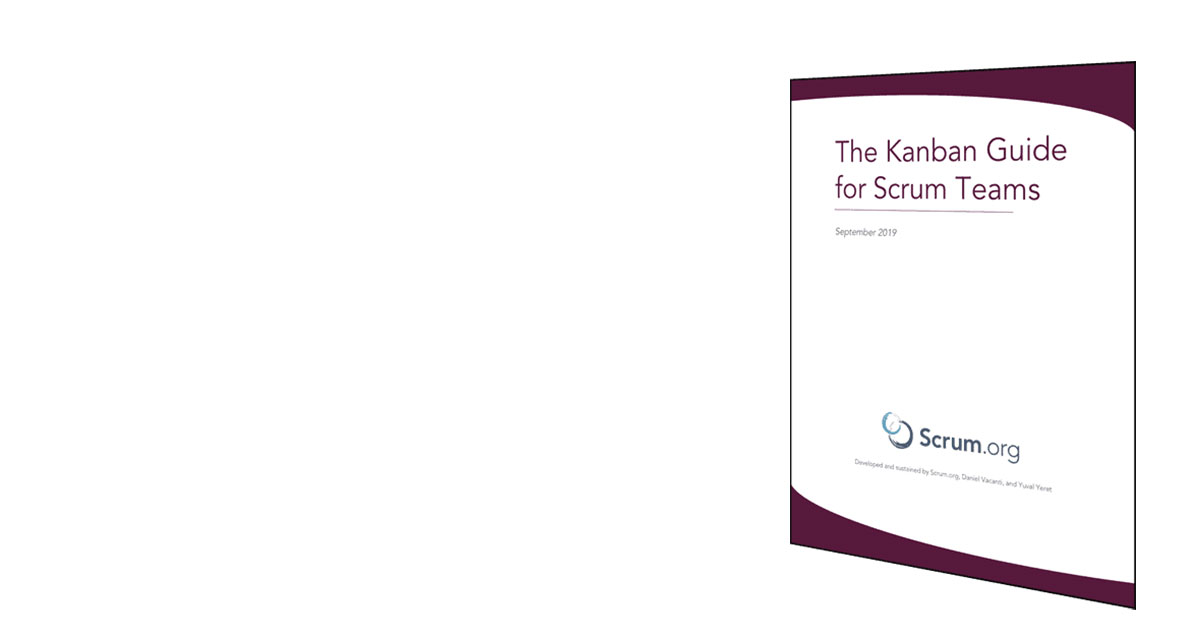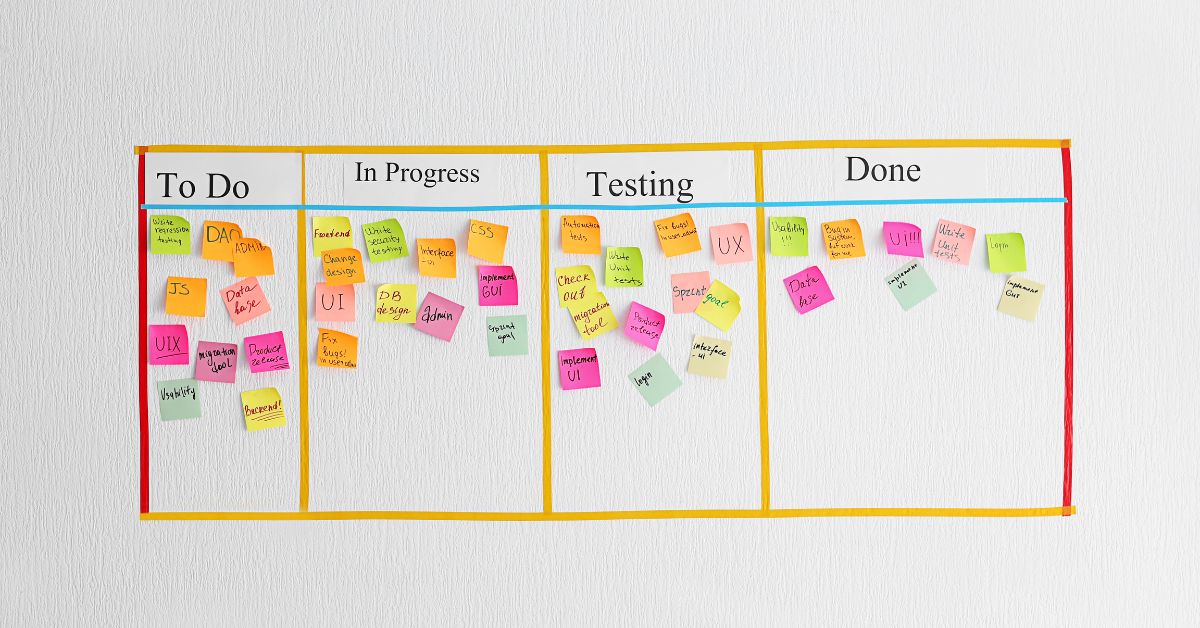
Understanding the Kanban for Scrum Teams Guide
It’s been so exciting to hear so much positive feedback and interest in the new Scrum.org Kanban for Scrum Teams guide and the accompanying Professional Scrum with Kanban class. Creating the class and guide together with Daniel (Vacanti) & Steve (Porter) and then working on getting it to market in a professional way (how else? ) with the Scrum.org staff has been a great experience and a major focus area for me in the last couple of months.
As you might imagine, together with the interest come some questions about some choices we made in the design of the guide and the class. Several are emerging as the frequently asked ones. I wanted to tackle a couple of those in this post.
Where are some of the core Kanban practices?









